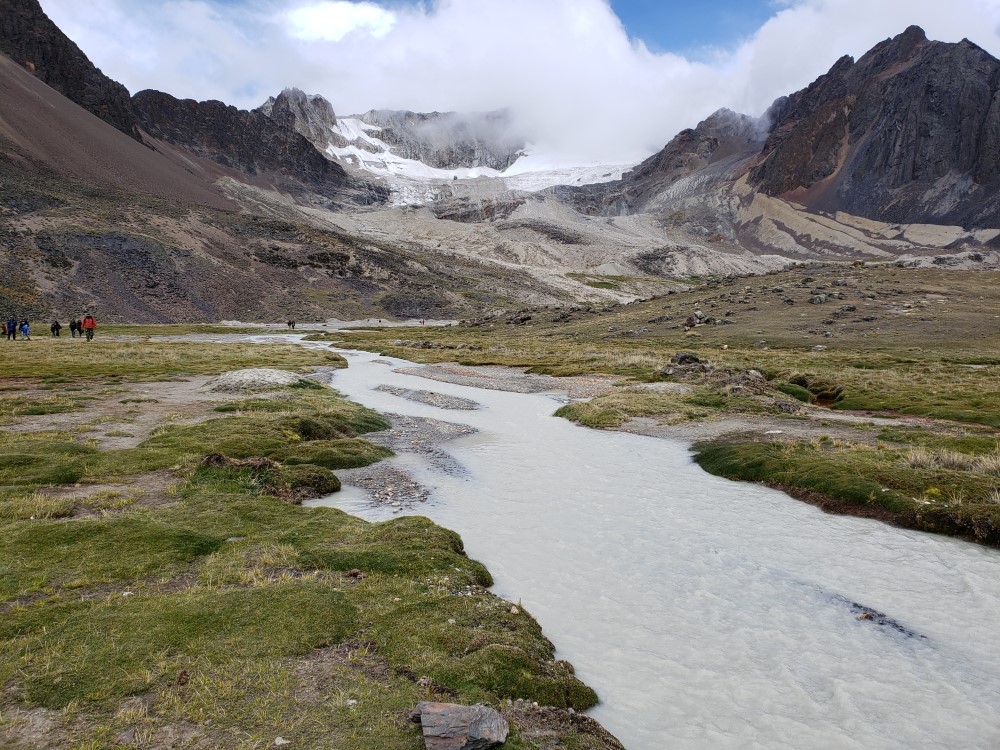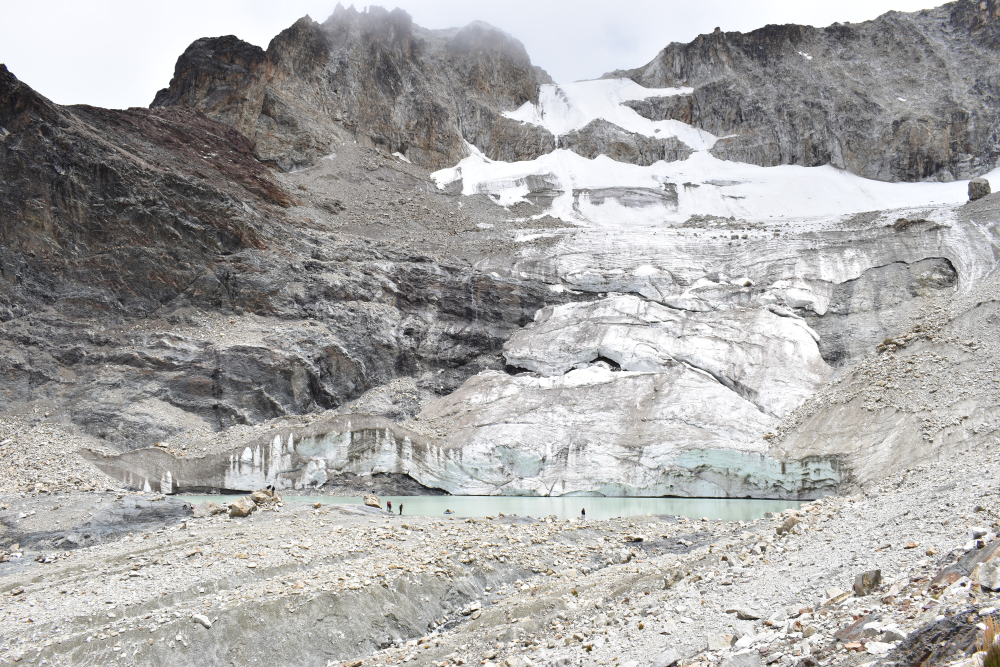Research led by Dr. Estefania Quenta-Herrera, research associate at the Universidad Mayor de San Andrés and a participant in the MRI co-led Mentoring and Training Program in IPCC Processes for Early Career Mountain Researchers, explores the impact of protected areas on high-elevation freshwater ecosystems, their biodiversity, and their ecosystem services in the tropical Andes.
Although protected areas (PAs) play an important role in ecosystem conservation and climate change adaptation, no systematic information is available on the impact of PA in terms of the protection of high-elevation freshwater ecosystems, their biodiversity, and their ecosystem services in the tropical Andes. Research published in the journal Environmental Conservation seeks to help address that gap.
“We were motivated to contribute to freshwater conservation in the tropical Andes,” explains Quenta-Herrera. “So we reviewed information on the role of Protected Areas (PAs) of high-elevation freshwater ecosystems and sources including lakes, streams, and watersheds covered with glaciers.”

Pictured: High-elevation streams fed by glacier water runoff, La Paz Bolivia. Photo credit: Estefania Quenta.
The researchers combined a literature review and map analysis of PAs based on the global databases of the International Union for Conservation of Nature (IUCN), World Wildlife Fund (WWF), and Global Land Ice Measurements from Space (GLIMS). They found that seven national parks were created for water resources protection, but were not designed for freshwater conservation (i.e., larger watersheds). What is more, high-value biodiversity sites have not been protected, and new local PAs were created with a focus on addressing water resource needs. As part of their analysis, the researchers quantified 31 Ramsar sites and observed that PAs cover 12 percent of lakes, 31 percent of glacial lakes, and 12 percent of the total stream length in the tropical Andes. Additionally, 120 watersheds (average area 631 km2) with glaciers and 40 percent of the total glacier surface area were covered by PAs.
Looking to the future, the researchers stress that further research into the role of PAs in ecosystem services provision and more detailed freshwater inventories within and around PAs, especially for those dependent on glacier runoff, will fill key knowledge gaps for freshwater conservation and climate change adaptation in the tropical Andes.
“Our results call out for increasing efforts of water conservation and more detailed inventories to contribute to climate change adaptation in the region,” says Quenta-Herrera. “Water is a basic subsistence need for any living being of the planet, but its supply is limited. Therefore, increasing water conservation efforts worldwide is essential – particularly under the current increasing global temperature.”
![]()
Pictured: High-elevation lakes at the Tuni Condoriri National Park, La Paz Bolivia. Photo credit: Estefania Quenta.
This review article was undertaken as an activity of the Mentoring and Training Program in IPCC Processes for Early Career Mountain Researchers, co-led by project partners the MRI, University of Zurich, Helvetas, and ICIMOD and supported by the Swiss Agency for Development and Cooperation (SDC). Dr. Estefania Quenta-Herrera was selected to participate in this program in 2019, and conceptualized this review article.
The article was chosen by Environmental Conservation as ’Editor’s Choice’ for Vol.49.1.
Read more: Estefania Quenta-Herrera, E. et al. ‘Mountain Freshwater Ecosystems and Protected Areas in the Tropical Andes: Insights and Gaps for Climate Change Adaptation.’ Environmental Conservation (2021): https://doi.org/10.1017/S0376892921000382
Find out more about the lead author's activities:
Cover image: Charquini Glacier and glacial lakes, at 5000 m a.s.l La Paz, Bolivia. Photo credit: Estefania Quenta.







